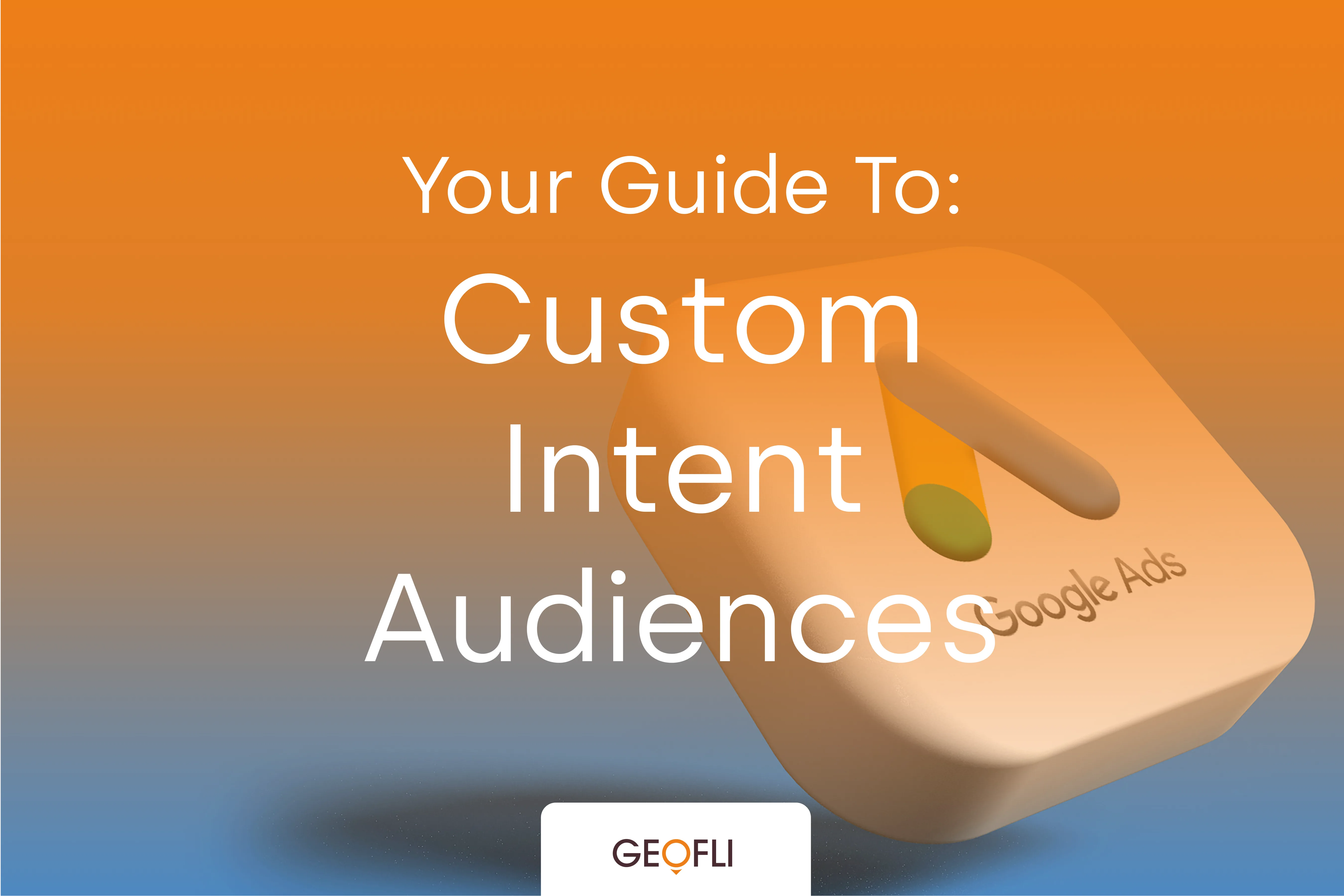
Custom Intent Audiences: Everything You Need To Know
This guide explains how to use custom intent audiences, now called custom segments, in Google Ads. It covers how they work, why they were renamed, and how to set them up and optimize them.
Writing content for your website is more than just providing your users with valuable information. It also means optimizing your site’s search engine performance with strategic, well-picked keywords, ensuring your site is visible to the people most likely to convert. What search terms do you want your site to appear first on the results page for? What services do you want to highlight with your SEO strategy? And how does user location affect your messaging?
At GeoFli, we’re experts in digital marketing, especially as it pertains to geotargeting — and location-based content marketing happens to fall under that umbrella.
The Content Marketing Institute defines content marketing as “a strategic marketing approach focused on creating and distributing valuable, relevant and consistent content to attract and retain a clearly defined audience — and, ultimately, to drive profitable customer action.”
Keyword for us at GeoFli is relevant: to score the most qualified leads and reach the most engaged audience, brands must provide searchers with information that relates to them as an individual consumer. The more personalized, the better.
One of the most accessible forms of content marketing today is blogging. Most content management systems (CMS) have blogging functionality, so blogs have become a staple in the online world. Readers can learn about anything from travel to tech to dog breeding in blog sphere, and writers can use the platform to deliver specific messaging to their users. But blogging isn’t just a communication channel between reader and writer — it’s also a way for your site to communicate more effectively with search engines.
Search engine bots will crawl every readable area of your site to find an answer — they’re persistent li’l buggers. When you build up the number of pages on your site (by adding blog posts, for example), you’re giving search engines more opportunity to find something relevant. Once they’ve found content on your site they think provides an answer to a user’s search term, they’ll list your page in the results — and your site will get in front of those most interested in your content and brand.
There are quite a few steps you can take to optimize your live site content. Small SEO-specific steps — like adding full, keyword-rich meta descriptions, headlines or slugs — are all quick ways to improve your site’s positioning. Most CMS platforms have useful plug-ins or add-ons, like Yoast SEO for WordPress, that will tell you exactly how to add this information on your pages.
Other moves to improve page SEO are a little more complicated. For one, your site experience is important to search engines — Google doesn’t want to send their users to poorly developed sites. Though it often requires some additional technical skills, making sure your site is mobile friendly, fast and well-organized can go a long way in the eyes of search engines.
As mentioned before, modern consumers love an online experience they feel is customized to them each individually — or at least as close as you can get it. Because those in the same geographic area often share more characteristics than location alone, geotargeting your content can be incredibly effective in delivering personalized messaging to users. Plus, we’ve witnessed organic traffic improving when location-based keywords are used to provide users with localized content.
GeoFli allows you to customize the content users see when they visit your site, including content published on your company blog. It could be as simple as swapping “St. Louis” for “Tallahassee” in your intro paragraph — but could also mean changing your featured image to an image of the Space Needle for Seattlites or the Empire State Building for those in New York City. Wouldn’t you be more likely to read something that highlighted your hometown, rather than a place you’ve never been before?
Most people would. According to The Content Strategist, a Demand Metric study from 2016 found that 80 percent of marketers “say personalized content is more effective than ‘unpersonalized’ content.” And, at GeoFli, we think 80 percent is a little difficult to ignore.

